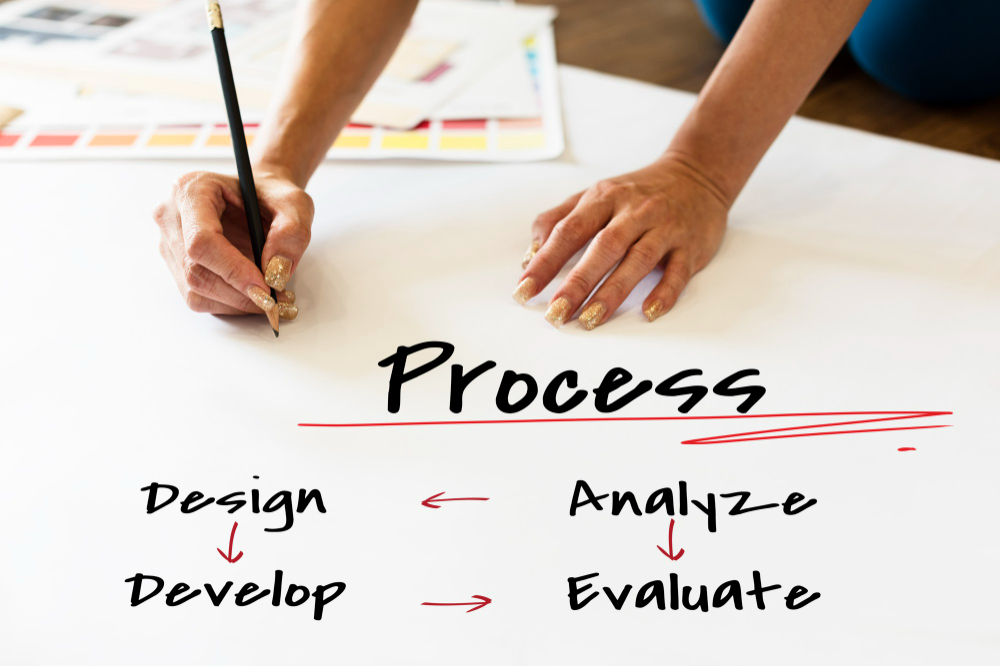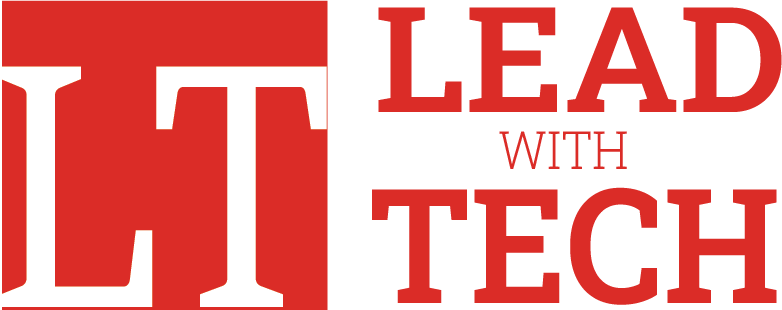Every day, we encounter the perception that a major reason for delivery failure in software development is attributed to the agile process, while the traditional waterfall model is believed to be easier to build and yield superior results. However, in truth, Agile is inherently successful!, The only exceptions occur when individuals, accustomed to alternative delivery methods, fall into common mistakes.

The initial encounter I had with Agile, and its methodology took place during an organization-wide training session led by a highly esteemed military officer. This individual was a member of an Indian Commando team that had earned numerous awards and accolades.
His depiction of the Agile team and its attributes was captivating and remains resonant to this day. He likened the Agile team to an elite commando unit. In this analogy, a cohesive group of highly skilled soldiers converge to execute a mission, seamlessly blending their individual expertise before dispersing back to their respective roles without leaving a trace of their presence. When this trained and skilled team assembles, they cultivate a rapport characterized by mutual trust in each other’s expertise. They seamlessly collaborate, embracing instructions, ideas, and decisions as they unfold.
Now, transpose this analogy to your Agile team. Ideally, each team member is proficient and specialized in a particular domain – be it front-end development, backend architecture, deployments, or process adherence. While leveraging their individual expertise, they entrust the decisions and methodologies of their colleagues, enabling everyone to fulfill their roles. With a collective focus on achieving the mission—whether it’s building a feature, component, or product aligned with customer requirements—each member contributes towards the common goal.
Reasons why Agile fails
Now, let’s examine why teams sometimes falter when implementing such a straightforward software development process. This process grants freedom to developers, management, and customers, all while upholding the integrity of the software delivery process and ensuring peak speed and stability.
Stuck with Waterfall

Among the crucial members of any Agile team are those who have experience with previous delivery approaches like waterfall. Transitioning into a more Agile structure and designing applications that cater to immediate needs while considering future scalability can be challenging for them. Particularly because past practices often involved designing complete systems based on clear requirements in a waterfall model, whereas Agile necessitates designing with future adaptability in mind, even with minimal initial requirements.
Hierarchy in Agile

In Agile, teams and individuals are entrusted with self-organization, whether it’s in sprint planning, daily task management, key design decisions, code quality assessments, or status updates. While it’s prudent to have senior oversight to ensure alignment with plans, a common mistake occurs when reviewers assume all decision-making responsibilities. This practice undermines individual ownership of deliverables, including both quality and timelines, hence failing in the fundamental aspect of Agile.
Challenging the Need for Documentation

A prevalent misconception in Agile is the belief that documentation is unnecessary, leading to project failures. In truth, documentation remains essential for every feature and sprint, albeit it’s now disaggregated to the feature level. It’s integrated into code and feature design to ensure alignment with the overall architecture. Documentation is intrinsic throughout the process, whether you’re crafting user stories, coding, or constructing test scenarios.
Conclusion
Agile processes offer a framework to execute projects, build products, and bring ideas to fruition successfully. However, it’s common to revert to old methods and attribute failure to Agile itself. When implemented correctly, Agile processes empower organizations to develop stable software and quality applications, prioritizing customer needs at every stage.
